

Linux中的正则表达式用法
描述
正则表达式就是用于匹配每行输入的一种模式,模式是指一串字符序列。拥有强大的字符搜索功能。也非常方便的搜索过滤出我们想要的内容。
Linux系统:CentOS Linux release 8.1.1911 (Core)
1、找出 ifconfig “网卡名” 命令结果中本机的 IPv4 地址 ifconfig | head -n 2 |tail -1 |tr -s “ ” |cut -d“ ” -f3

2、查出分区空间使用率的最大百分比值 df |tr -s " " |cut -d" " -f5
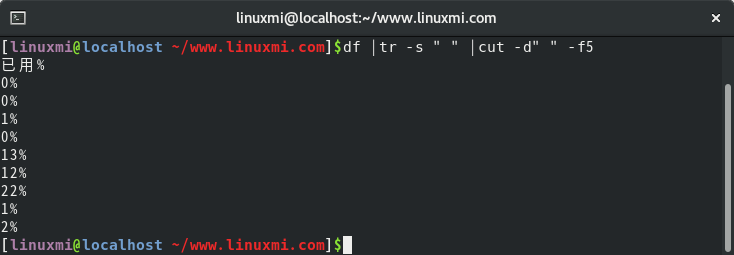
3、查出用户 UID 最大值的用户名、UID 及 shell 类型 cat /etc/passwd | cut -d: -f1,3,7| sort -nt: -k2 |tail -n 1

4、查出 /tmp 的权限 stat /tmp | head -n 4 |tail -n 1|cut -c10-13

5、显示 CentOS8 上所有系统用户的用户名和 UID cat /etc/passwd |cut -d: -f1,3 | egrep -v "[0-9]{4,}"
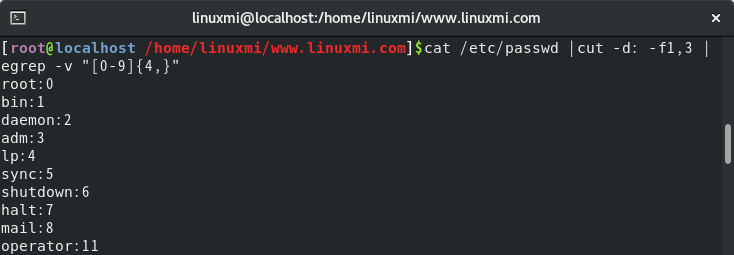
6、显示三个用户 root、linuxmi、mi 的 UID 和默认 shell(A8代替)
cat /etc/passwd |egrep "^(root|A8)" |cut -d: -f1,3

7、使用 egrep 取出 /etc/rc.d/init.d/functions 中显示文件中符合条件的字符
echo /etc/rc.d/init.d/functions | egrep "[a-z]$"

8、使用egrep取出上面路径的目录名
echo /etc/rc.d/init.d/functions | egrep "/.*/"

9、统计 last 命令中以 root 登录的每个主机IP地址登录次数

10、利用扩展正则表达式分别表示0-9、10-99、100-199、200-249、250-255 echo {1..255} | egrep "<[0-9]>"
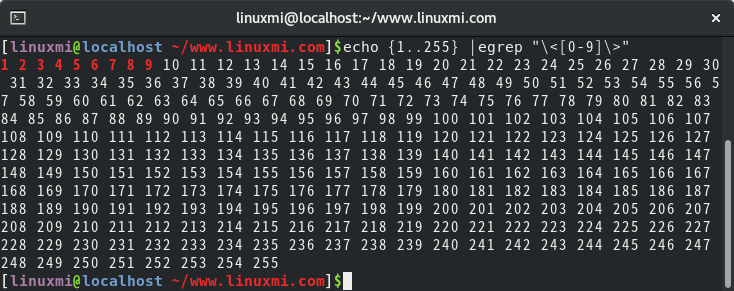
egrep "<1[0-9]>"
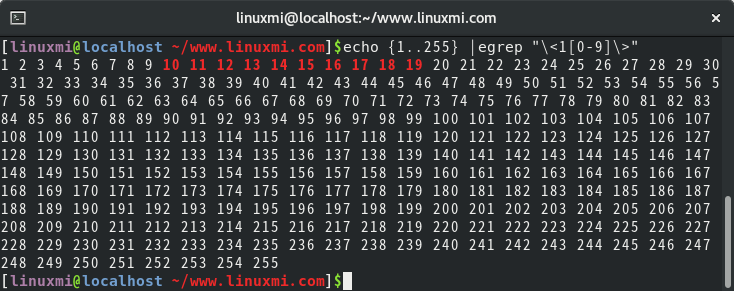
egrep "<1[0-9][0-9]>"

egrep "<2[0-4][0-9]>"
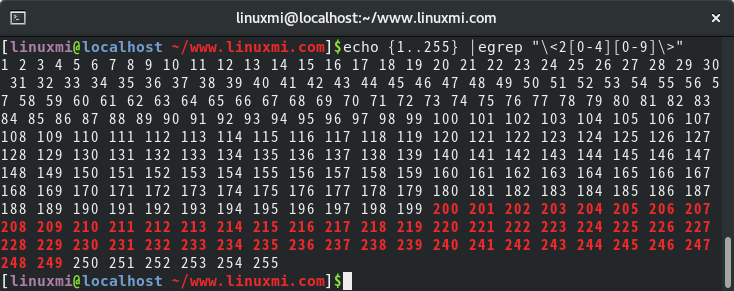
egrep "<25[0-5]>"
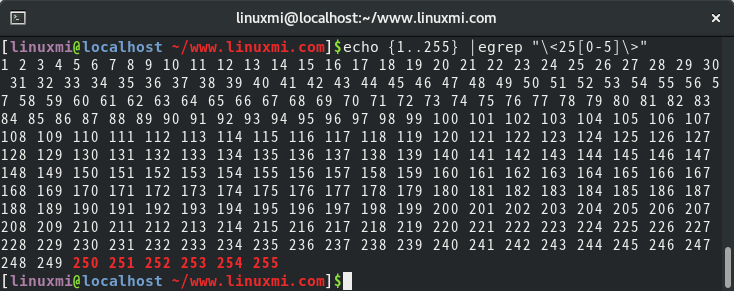
11、显示 ifconfig 命令结果中所有 IPv4 地址 ifconfig |egrep "[0-9]{1,3}.[0-9]{1,3}.[0-9]{1,3}.[0-9]{1,3}"

简单点来说,正则表达式是对一组正在处理的文本的描述。
责任编辑:YYX
-
shell正则表达式学习2015-07-25 2776
-
深入浅出boost正则表达式2010-09-08 505
-
PHP正则表达式2016-04-18 475
-
精通正则表达式2016-05-16 752
-
关于java正则表达式的用法详解2017-09-27 600
-
快速入门IPv6和正则表达式2018-03-30 9831
-
Python正则表达式的学习指南2020-09-15 994
-
Python正则表达式指南2021-03-26 921
-
C语言如何使用正则表达式2022-03-16 5622
-
python正则表达式中的常用函数2022-03-18 2291
-
Linux入门之正则表达式2023-05-12 1656
-
shell脚本基础:正则表达式grep2023-05-29 2081
-
Python中的正则表达式2023-06-21 1577
-
什么是正则表达式?正则表达式如何工作?哪些语法规则适用正则表达式?2023-11-03 5914
-
linux正则表达式匹配字符串2023-11-23 1487
全部0条评论

快来发表一下你的评论吧 !

